Space News
Nasa
2w
410
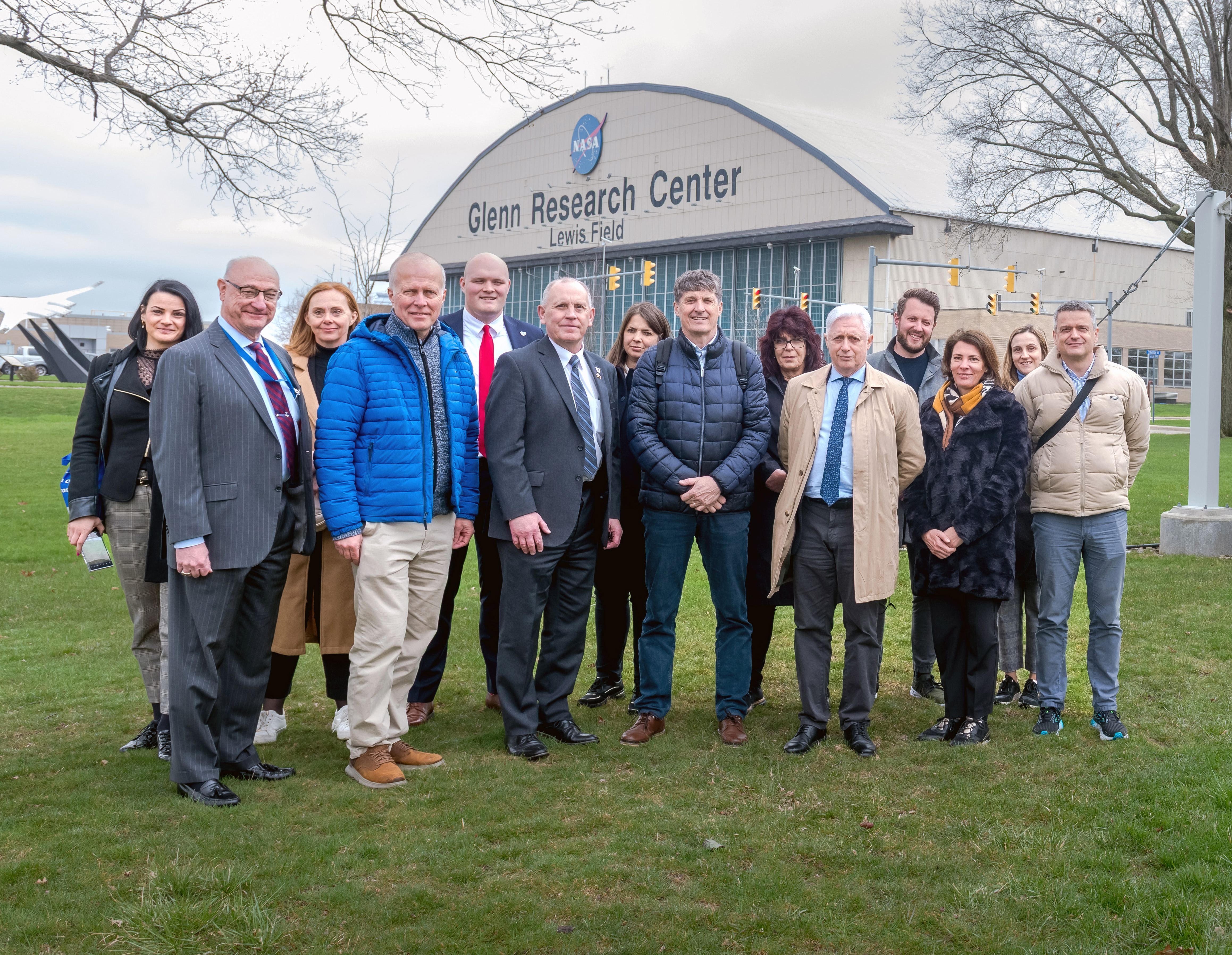
Image Credit: Nasa
NASA Glenn Hosts Slovenian Delegation and Ohio Governor’s Office
- NASA Glenn Research Center in Cleveland hosted a delegation of Slovenian government officials and representatives from the Ohio Governor’s Office on April 11.
- Delegation visited key space-related and aeronautics facilities at NASA Glenn, including tours of the Zero Gravity Research Facility, Simulated Lunar Operations Laboratory, and Icing Research Tunnel.
- The Slovenian delegation was led by Republic of Slovenia Minister of Defense Borut Sajovic and Ambassador Iztok Mirosic, along with representatives from the Ohio Governor’s Office.
- Slovenia's membership in ESA and participation in the Artemis Accords opens up more international opportunities for its scientists and engineers in space exploration.
Read Full Article
24 Likes
Nasa
2w
345
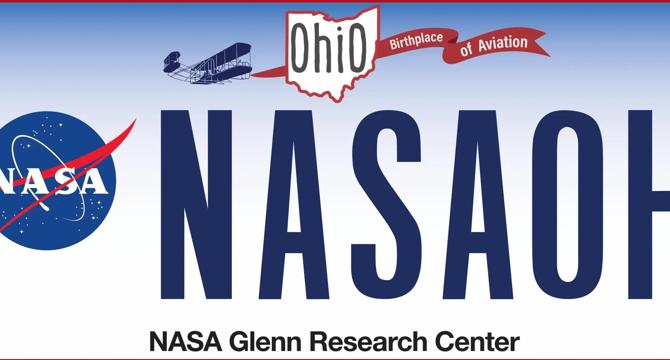
Image Credit: Nasa
Specialty NASA Glenn License Plates Available
- Ohio residents can now get a specialty license plate featuring NASA's Glenn Research Center through the Ohio BMV website.
- The license plate is available under the 'Special Interest Plates' section on the BMV website, with an extra $10 fee on top of the regular license plate cost.
- NASA will not receive any proceeds from the license plate sales, but it allows fans to show support for their community and the Ohio-based NASA center.
- The specialty license plate offers a way for residents to express their connection to the space exploration and aviation work conducted at NASA's Glenn Research Center.
Read Full Article
20 Likes
Nasa
2w
367
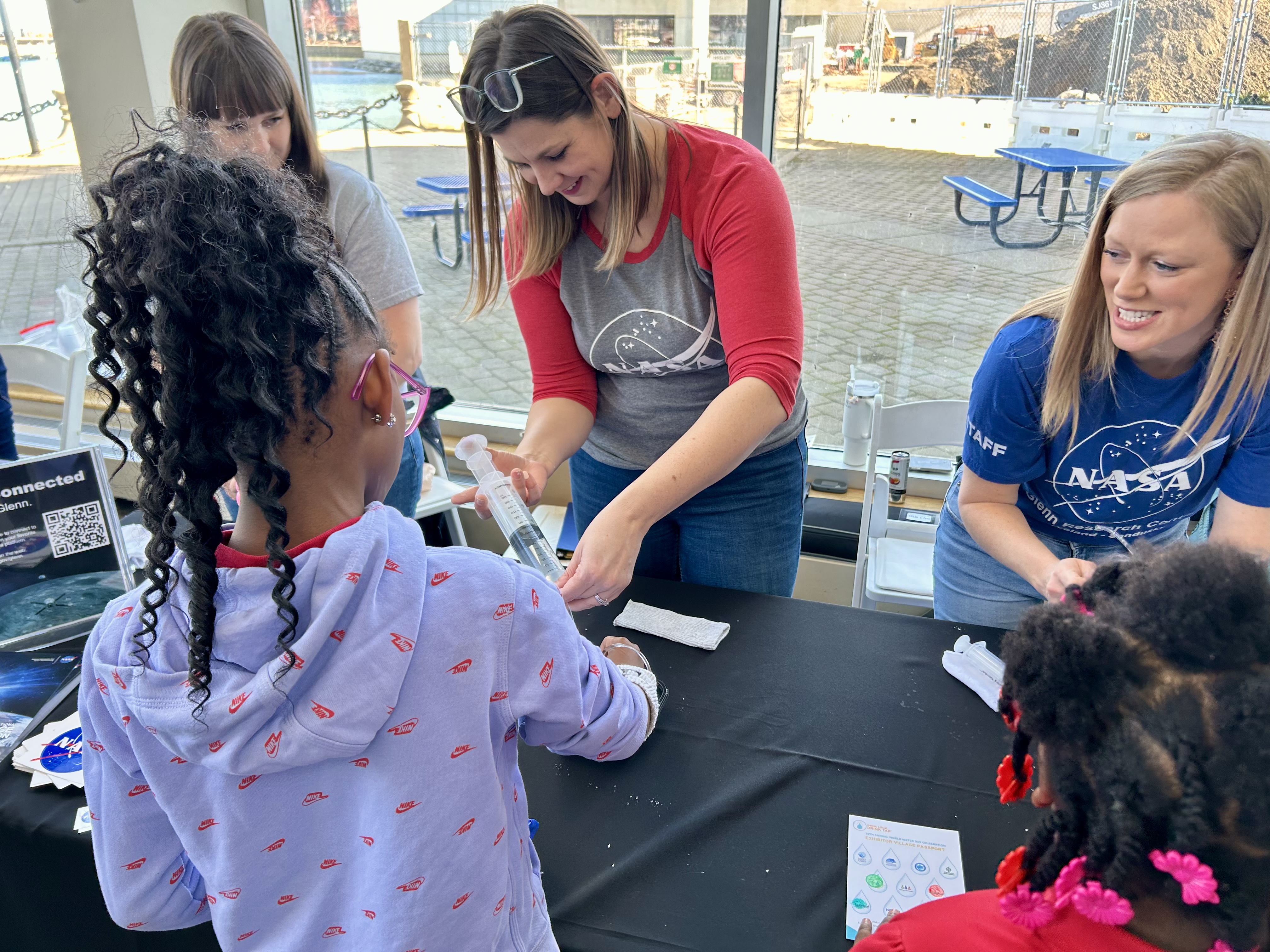
Image Credit: Nasa
NASA Glenn Shows Students Temperature-Cooling Technology
- NASA's Glenn Research Center staff demonstrated the Liquid Cooling and Ventilation Garment on World Water Day at Great Lakes Science Center.
- The technology uses water to regulate astronauts' body temperatures during spacewalks.
- The event aimed to educate approximately 450 students and educators about NASA's use of water for thermal regulation in space.
Read Full Article
22 Likes
Discover more
Nasa
2w
34
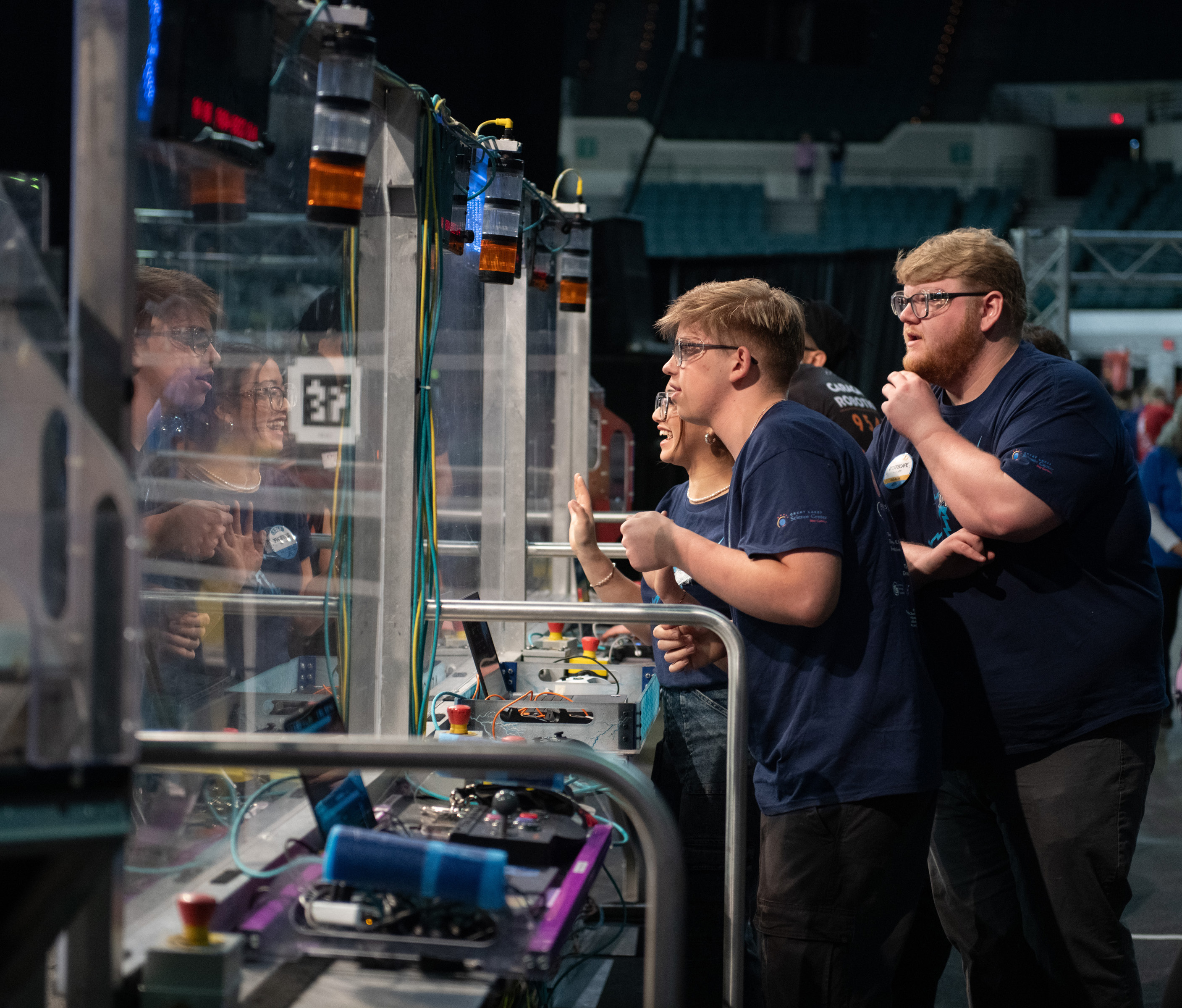
Image Credit: Nasa
NASA Glenn Champions FIRST Robotics Competition Buckeye Regional
- NASA's Glenn Research Center supported the 26th annual FIRST Robotics Competition Buckeye Regional in Cleveland, combining sports excitement with STEM challenges.
- NASA Glenn Center Director Dr. Jimmy Kenyon emphasized the importance of engineering skills and highlighted the center's aerospace projects during the event.
- Fifty-six high school teams participated in the robotics competition to inspire STEM leadership among young individuals.
- NASA Glenn employees served as mentors and volunteers for the FIRST Robotics teams to support and engage students in engineering activities.
Read Full Article
2 Likes
Earthsky
2w
8

Image Credit: Earthsky
Big cities are sinking in the US. Is yours one?
- A recent study revealed that all major US cities are sinking due to groundwater extraction and other factors, impacting 34 million people.
- As aquifers are depleted without replenishment, the land sinks causing infrastructure integrity issues over time.
- The sinking rate ranges from 2 to 10 millimeters annually, with Houston sinking the fastest among US cities.
- Unequal sinking poses risks to buildings and roads, especially in densely populated urban cores.
- Texas cities like Houston, Dallas, and Forth Worth are particularly affected, with 80% of sinking attributed to groundwater extraction.
- Oil and gas extraction, glacial legacy, and building weight also contribute to land subsidence in cities.
- Mitigation strategies suggested include groundwater management, resilient infrastructure planning, and retrofitting buildings in high-risk areas.
- Long-term monitoring and adaptation are necessary to address the sinking issue in urban centers.
- The study urges proactive measures to combat sinking cities and emphasizes the importance of immediate responses and solutions.
- Groundwater extraction and various factors are causing the sinking of major US cities, urging the need for monitoring and mitigation strategies.
Read Full Article
Like
Digitaltrends
2w
237

Image Credit: Digitaltrends
Gorgeous cotton candy clouds show how Hubble processes space images
- The Hubble Space Telescope captured a stunning image of a nebula in the Large Magellanic Cloud, resembling cotton candy.
- Hubble's instruments like the Wide Field Camera 3 take multiple observations using different filters to create vivid and colorful images.
- By using five different filters covering optical, ultraviolet, and infrared wavelengths, Hubble produces detailed and colorful images of space objects.
- The process of combining filtered data creates a single colored image that closely represents reality, with different colors indicating various wavelengths of light.
Read Full Article
14 Likes
Spaceflightnow
2w
228

Intuitive Machines’ CEO points to issues that prevented upright touchdown during IM-2 Moon landing
- Intuitive Machines’ CEO, Steve Altemus, discussed issues that prevented the Nova-C lander from an upright touchdown during the IM-2 Moon landing on March 6, 2025.
- The identified issues included laser altimeter interference, challenging terrain and lighting effects, and crater recognition tuning.
- Adjustments are being made for the upcoming IM-3 mission to improve landing systems, such as adding dissimilar and redundant altimeters, incorporating additional sensors, and enhancing navigation capabilities.
- The IM-3 mission, scheduled for the first half of 2026, was selected by NASA with a firm fixed-price contract valued at $77.5 million and will carry four NASA science payloads to the Moon's Reiner Gamma region.
- This mission includes small rovers like Lunar Vertext (Lvx) and Cooperative Autonomous Distributed Robotic Explorers (CADRE), as well as a lunar data relay satellite to support NASA's Near Space Network Services.
- Intuitive Machines reported first quarter revenue of $62.5 million, attributed to progress milestones on the lunar terrain vehicle proposal and payments from the IM-2 mission.
- The company is competing for NASA's Lunar Terrain Vehicle program, with the final proposals expected to be submitted in July and an award anticipated in November.
- The LTV's procurement is part of Intuitive Machines' Moon-Mars strategy, aiming to advance autonomous mobility technology for future space exploration missions.
- NASA plans to award only one contractor for the LTV demonstration mission, with Intuitive Machines competing against Lunar Outpost and Venturi Astrolab for the task order.
- The company remains confident in progressing with the LTV procurement despite potential changes in the Artemis program, emphasizing the importance of autonomous mobility in space exploration.
Read Full Article
13 Likes
Livescience
2w
112
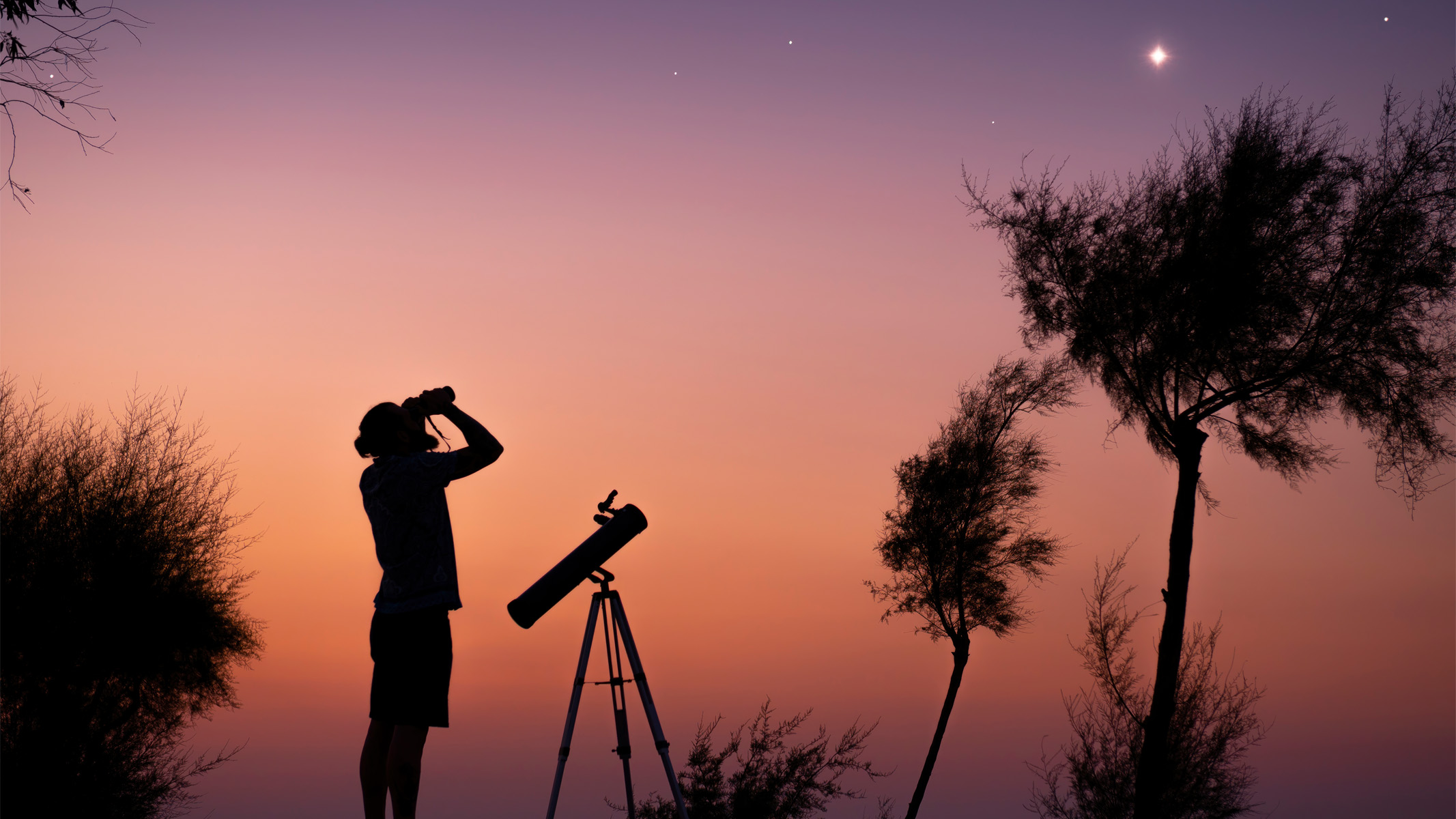
Image Credit: Livescience
9 best things to see in the night sky with binoculars: May to July 2025
- Stargazing with binoculars offers access to another level of the night sky, revealing open clusters of stars, the Milky Way, and lunar surface details.
- Between May and July in the Northern Hemisphere, best things to see include the Beehive Cluster, Mars and Regulus conjunction, and Noctilucent clouds.
- The Beehive Cluster in Cancer is a beautiful sight with hundreds of stars visible through binoculars.
- In June 2025, Mars and Regulus will shine close together in the west sky, while Noctilucent clouds can be observed late at night in June and July.
- On June 29, 2025, a close pass of the crescent moon and Mars will offer a stunning celestial event in the west after sunset.
- The Summer Triangle formed by Vega, Deneb, and Altair is a key feature to observe the Milky Way as it streams down to the horizon.
- In July, the Great Globular Cluster in Hercules (M13) and the Teapot’s Steam in Sagittarius are recommended targets for binocular users.
- Observing a full moon rise or the Sagittarius Cluster (M22) in binoculars can provide spectacular views for sky-watchers.
- Enhance your stargazing experience with a good pair of binoculars, preferably above 10x50, and enjoy the wonders of the night sky.
Read Full Article
6 Likes
Nasa
2w
428
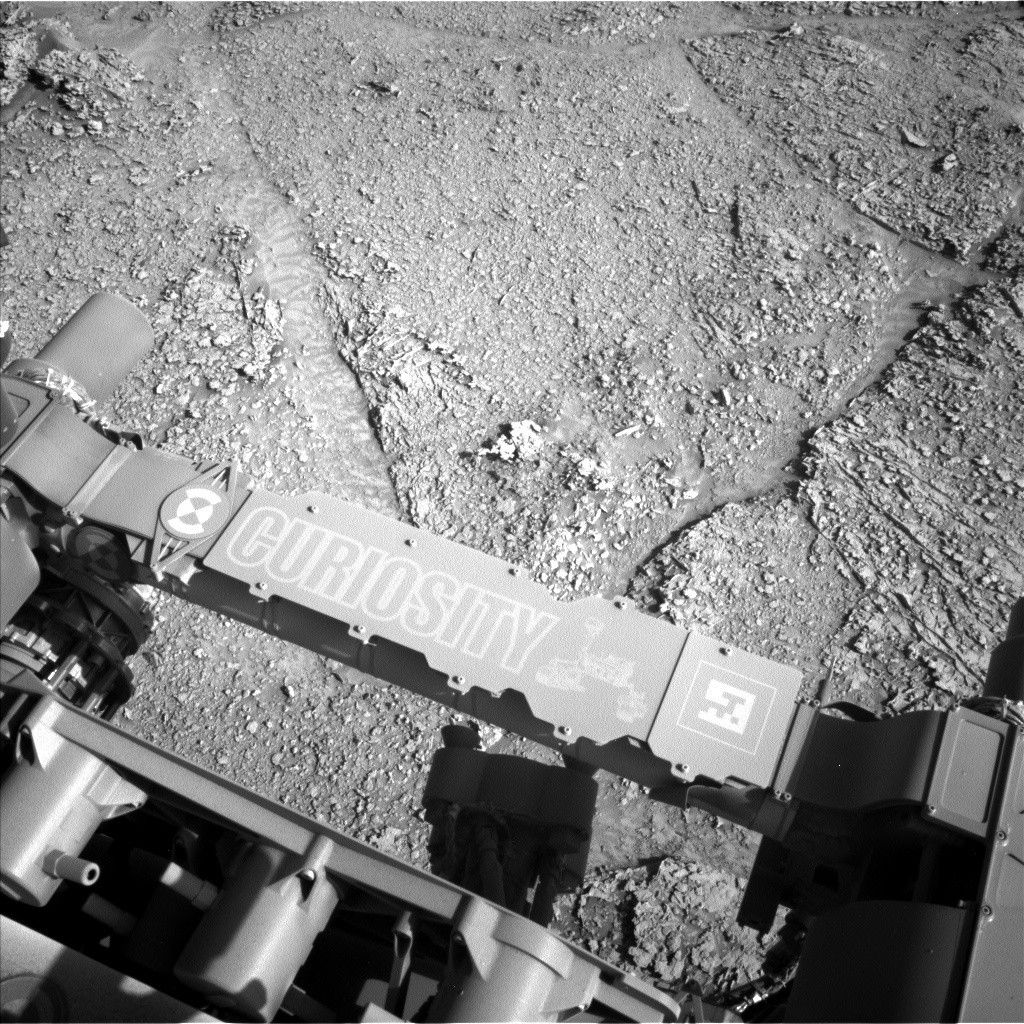
Image Credit: Nasa
Sols 4539-4540: Back After a Productive Weekend Plan
- Curiosity rover was back to work on Sols 4539-4540 after a productive weekend plan.
- The plan included an APXS analysis on the target 'Jeffrey Pine' and imaging of 'Canyon Oak' with MAHLI.
- Curiosity performed a DAN passive analysis, ChemCam 5-spot analysis on 'Canyon Oak', and documented 'Santiago Peak'.
- The day ended with a drive of about 30 meters, followed by untargeted and environmental monitoring activities.
Read Full Article
25 Likes
Nasa
2w
298
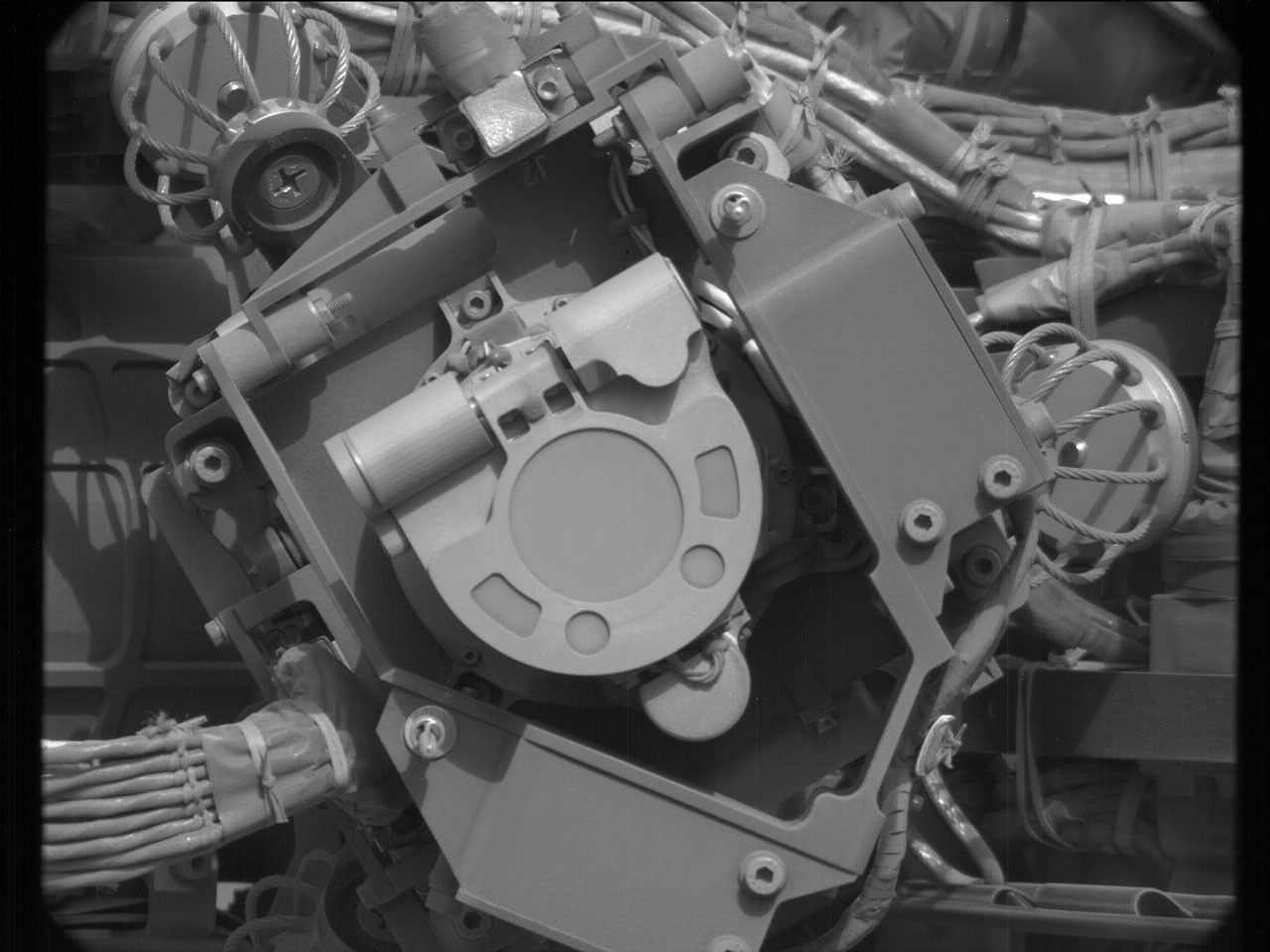
Image Credit: Nasa
Sols 4536-4538: Dusty Martian Magnets
- NASA's Mars rover Curiosity conducted an inspection of the magnet on its MAHLI camera using Mastcam, aiming to assess the quantity of Martian dust particles accumulated on the magnet.
- The rover completed a traverse of about 25 meters, undertook inspection imaging activities, and planned scientific observations of the pale layered sulfate unit and a new ridge-forming unit.
- On Sol 4537, Curiosity focused on driving activities, conducted scientific observations, and planned a 21-meter drive to a bedrock area of scientific interest.
- Sol 4538 involved sky observations, including a dust-devil survey, atmospheric optical depth measurement, and sky composition study using various instruments like Navcam, Mastcam, and ChemCam.
Read Full Article
17 Likes
Medium
2w
69

Image Credit: Medium
How I Earned $300 Daily with AI Voice Cloning
- A person shares their experience of earning over $300 daily by using an AI voice cloning app.
- The app, Vocal Identity Matrix, allows users to create personalized AI voice clones, saving time and delivering emotionally resonant voiceovers.
- The technology works well for various applications like audiobooks, podcasts, webinars, and ads, with adaptability to different tones and languages.
- Users can generate significant income by leveraging the commercial licenses offered by the app and creating engaging content that connects with audiences.
Read Full Article
4 Likes
Knowridge
2w
302

Image Credit: Knowridge
Astrophysicist explores new way to detect gravitational waves
- Astrophysicist Jeremy Darling from the University of Colorado Boulder is researching a new method to detect the universe's gravitational wave background by observing how quasars move relative to each other.
- His study focuses on using quasars, bright supermassive black holes in distant galaxies, to spot subtle gravitational wave wiggles.
- Darling's approach could potentially unlock mysteries about gravity and its fundamental workings, providing insights into galaxy evolution and testing gravity assumptions.
- Upcoming data from the Gaia mission in 2026 might reveal the faint signals of gravitational waves, aiding in understanding how these waves impact the universe in three dimensions.
Read Full Article
18 Likes
Digitaltrends
2w
337
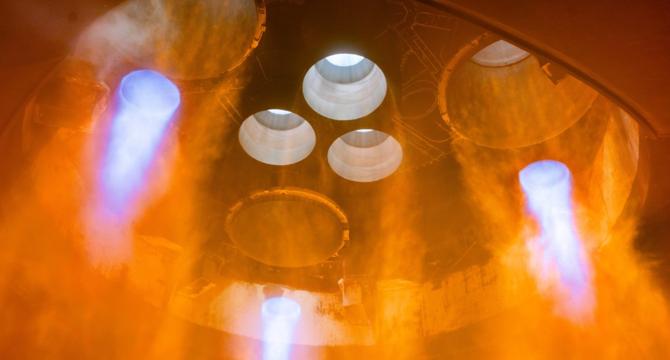
Image Credit: Digitaltrends
Watch SpaceX blast Starship engines ahead of 9th test flight
- SpaceX conducted engine test of its Starship spacecraft in preparation for the ninth test flight.
- The upcoming flight will involve the first reuse of a Super Heavy booster to save on mission costs.
- SpaceX aims to ramp up Starship flights to one every two weeks this year.
- NASA plans to use the Starship rocket for crew and cargo flights to the moon as part of the Artemis program.
Read Full Article
20 Likes
For uninterrupted reading, download the app